Let’s face it: content marketing has been around for decades, but we still don’t completely understand its power.
Most businesses fumble with their content marketing strategy, especially when using content marketing in a local setting. If used correctly, hyper-local content is extremely powerful, but identifying the right audience and converting them to potential customers can be tough for local business owners.
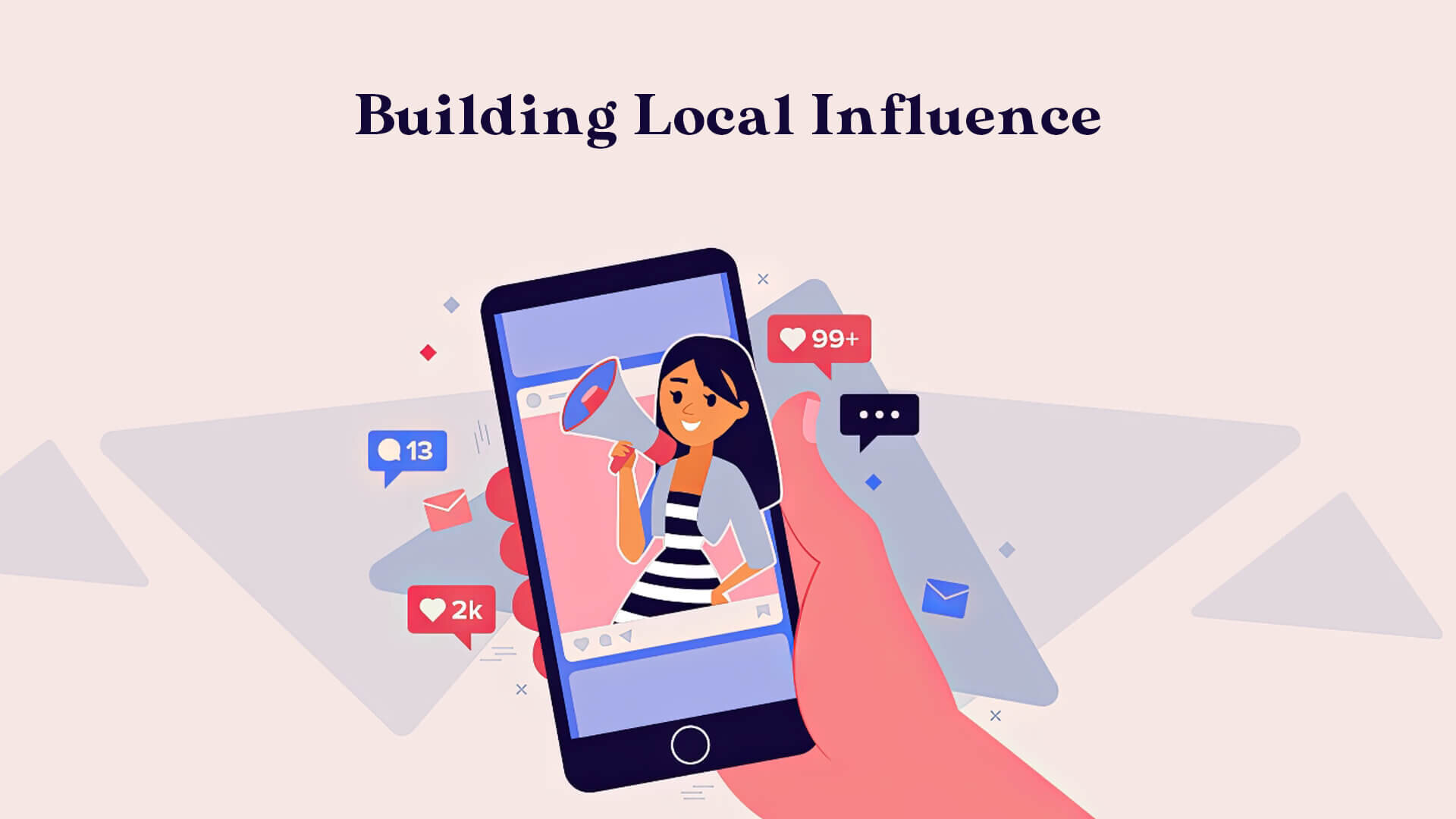
But you don’t need to worry because we’ve got your back! In today’s detailed article, we will discuss how you can build local influence, target potential customers, grow your customer base, and develop a suitable content marketing strategy.
Let’s begin.
Understanding Local Market Dynamics
Understanding the local market dynamics is essential when trying to tap into a region’s local market. This is vital to create an effective content marketing strategy that aligns with the local community’s needs.
When local businesses understand consumer behaviour and purchasing patterns are crucial for increasing brand awareness and boosting sales conversions, they can tailor their content efforts to meet the requirements of the local audience. However, it’s essential to consider cultural nuances and local traditions and values while doing this.
Further, incorporating local traditions and events, such as seasonal festivals, can yield better results when creating local content. It’s also vital to perform diligent competition analysis to identify content gaps in the competition and fill them to differentiate your content from the rest.
Keeping up to date with the local news, community events, and traditions can help businesses create compelling content, engaging, and timely content. This way, local businesses can gain better visibility and foster an environment of trust and authority within the community through local content marketing.
What Is Local Content Marketing?
But what is local content marketing, anyway? At this point, it is essential to clearly define the term and its target audience.
Local content marketing is a technique for developing a content marketing strategy targeted to a particular geographic location or community. Although its target audience is relatively small, the influence it can have showcases the power of local marketing.
The main aim of local content marketing is to engage with local communities by offering content that truly speaks to their needs, feelings, and dreams. Grasping local marketing dynamics is crucial here. It allows you to capture the distinct cultural nuances and consumer habits, tailoring your content for maximum impact.
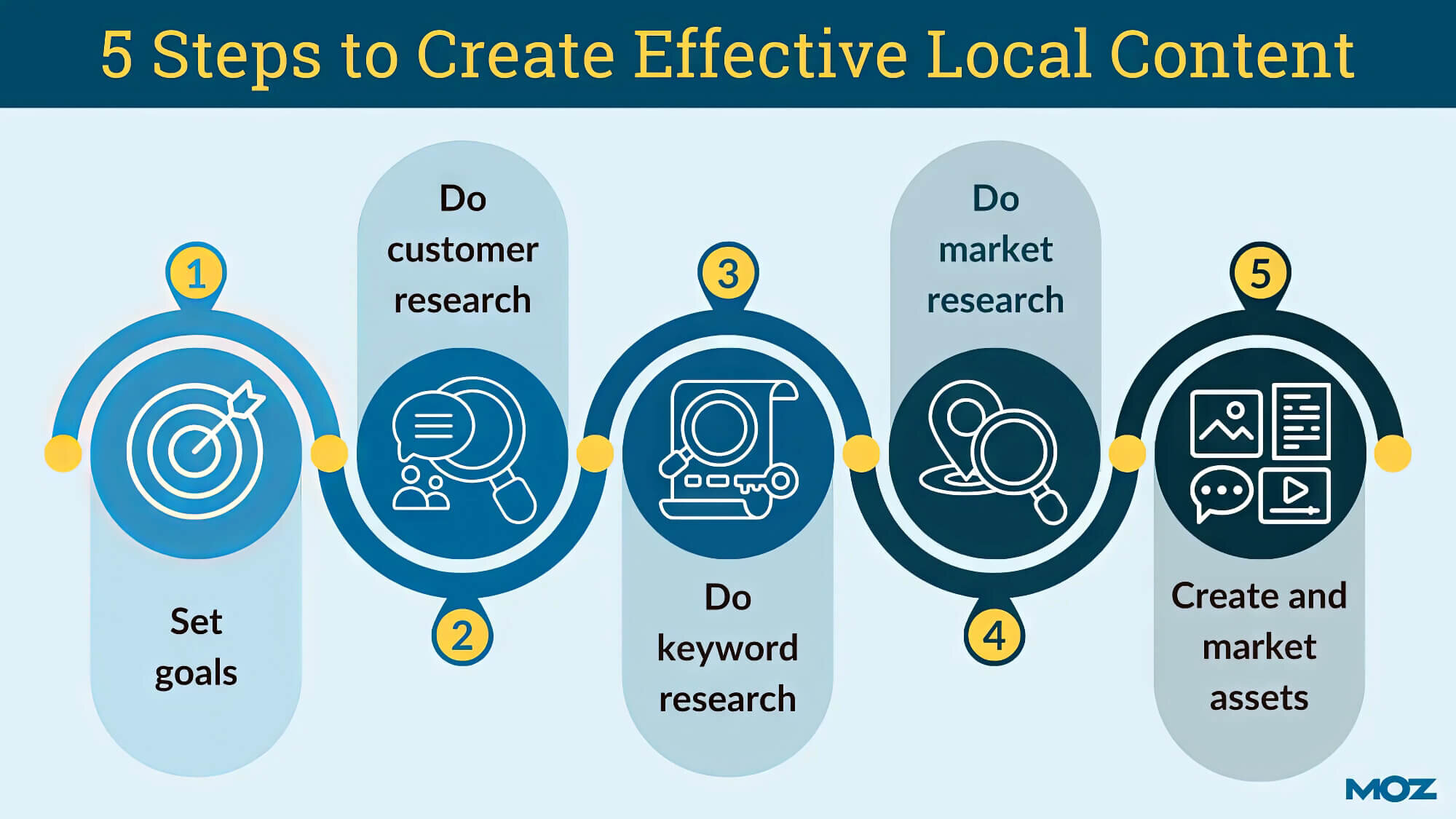
The Importance of Local Content Marketing for Businesses
The efficacy and importance of local content marketing for businesses can be immense. This is especially true for small businesses and medium-scale enterprises to ensure sustainable business growth that primarily cater to a local audience. The following are some of how local content marketing can be vital for a local business.
1. Building Brand Awareness
In today’s world, consumers look to brands as solutions to their problems. So, as a local business, you must ensure that you build awareness about your business within the local community. Creating this visibility is vital to ensuring that you stand out among the competition. Local content marketing can help you do just that.
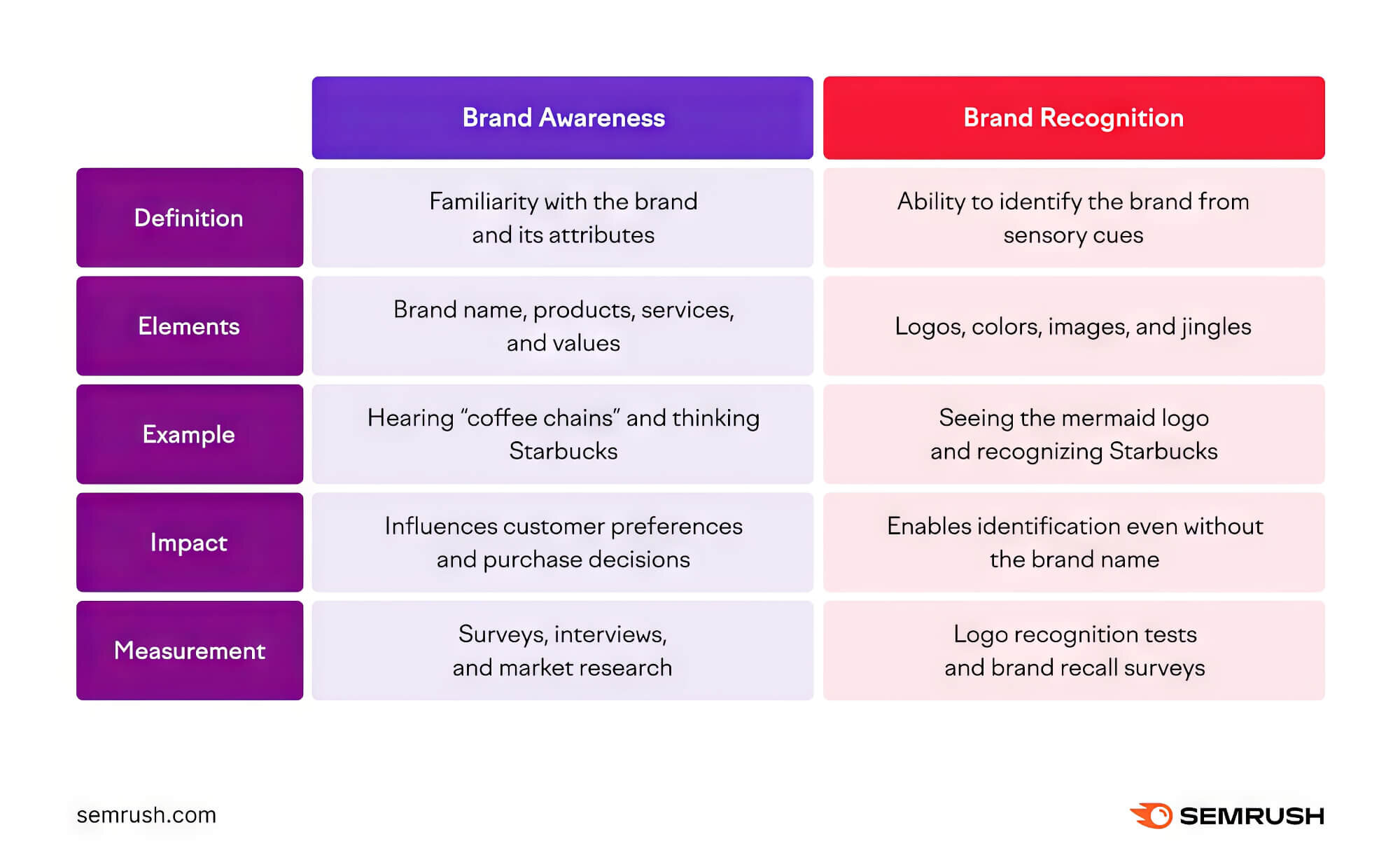
2. Establishing Trust And Credibility
Consumers don’t trust businesses blindly; they always do their due diligence before purchasing. That’s why local businesses need to establish trust and foster a feeling of credibility among the local population. Investing in local content marketing can help businesses achieve just that.
3. Fostering Local Relationships
Another aspect of establishing trust is fostering relationships with local customers. The more you can establish your local businesses as customer-centric, trustworthy and reliable entities, the better you’ll stand out.
At the same time, forming long-term relationships will also help you attract key opinion leaders and local talent to your business, cementing your position as a community pillar and a supporter of the local economy.
4. Improve Online Visibility
In the end, local content marketing can significantly boost your online visibility through social media. Using tools like Google Business Profile, local SEO, and various platforms, you can enhance your search rankings and ensure you’re visible at the top for your audience’s queries.
Consumers today rely heavily on local influencers and online information to make purchase decisions. It’s estimated that 81% of consumers conduct online research before purchasing.
Therefore, social media and Google Business Profile reviews play a massive role in ensuring your business is at the top of your customers’ minds when they’re in the market for a purchase.
Identifying Your Local Target Audience
To achieve the above advantages, local businesses must clearly define and carefully understand their target audience. This can be done by conducting extensive market research, analysing user demographics and demographic data, and studying local consumption patterns.
A good way to do this is to use customer data and feedback from existing customers to understand what works and what does not. Businesses can also monitor local online communities, track social media conversations, and follow online forums to better understand their target audience.
Another good way is to collaborate with local partners and local social media influencers whose audiences match yours. Here, it’s essential to create targeted buyer personas to understand your target demographic’s needs and pain points regarding your product or service clearly. This will help you create content that resonates better with them to increase brand loyalty.
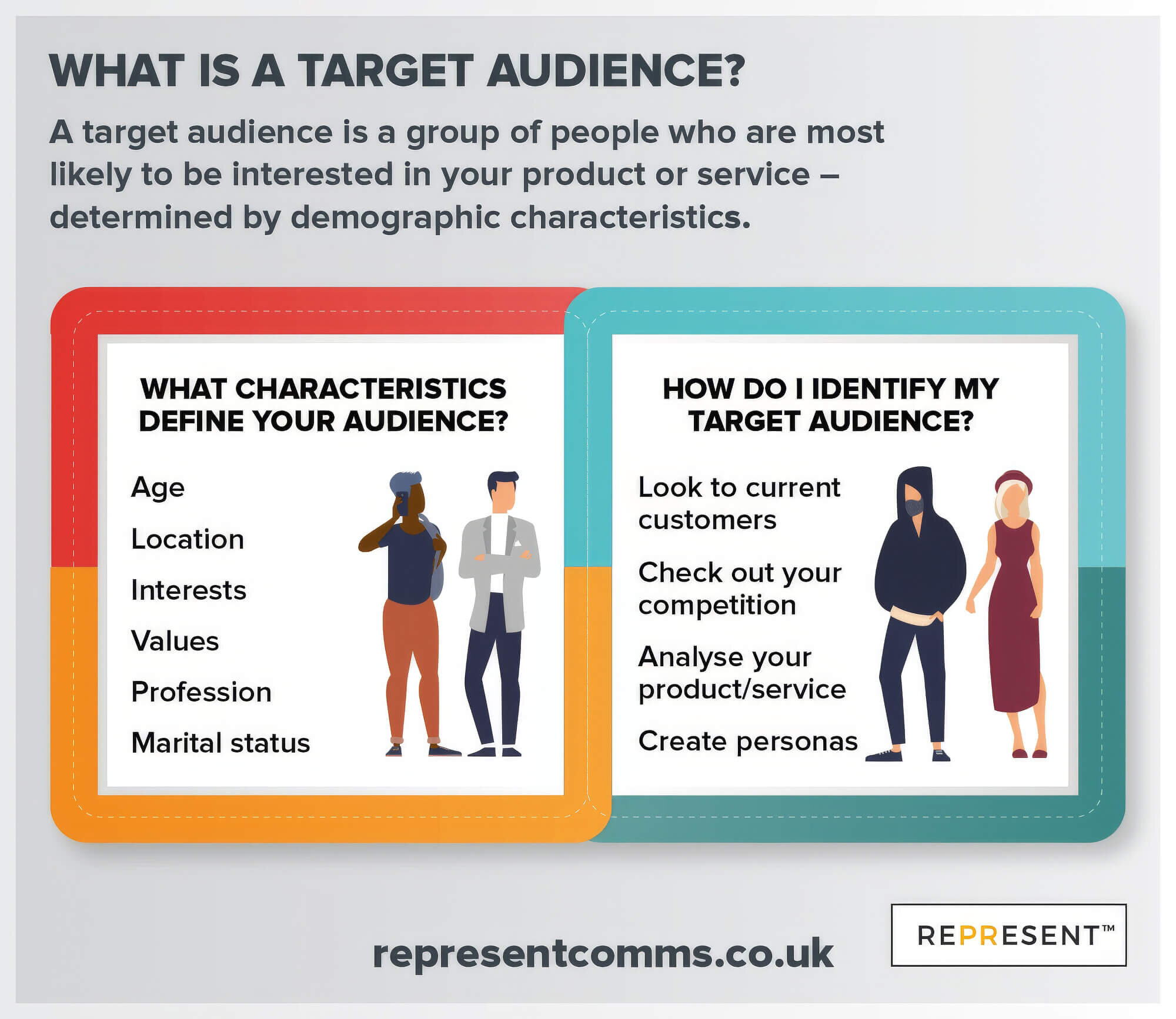
Creating Engaging Local Content
We’ve discussed why local content marketing is crucial, particularly in digital marketing for local businesses. Now, let’s dive into creating local content that truly engages.
Beyond the basics of engaging content, local content should resonate with your audience’s emotions and grab their attention.
To pull this off, the first step is identifying topics that matter to your local audience and address their challenges. This content often touches on familiar places, like local schools, churches, or community events.
When creating such local content, it’s vital to use storytelling to capture the local audience’s imagination and emotions. We also recommend that local businesses diversify their content across multiple formats, such as written content in the form of blog posts, videos and reels, podcasts, and even infographics, to ensure they are catering to all types of social media followers.
Another vital aspect to remember is the content’s visual appeal. Whatever content you’re putting out, ensure it’s optimised for mobile screens. Since over 96% of people access information through mobile devices these days, you cannot ignore this if you want your digital marketing efforts to succeed.
Finally, your content creation efforts must remain consistent throughout. Now, creating regular content can be gruelling.
An alternative route is to encourage the sharing of user-generated content and foster community participation through social media contests, surveys, and polls. This way, your business can establish itself as a trusted authority in your niche.
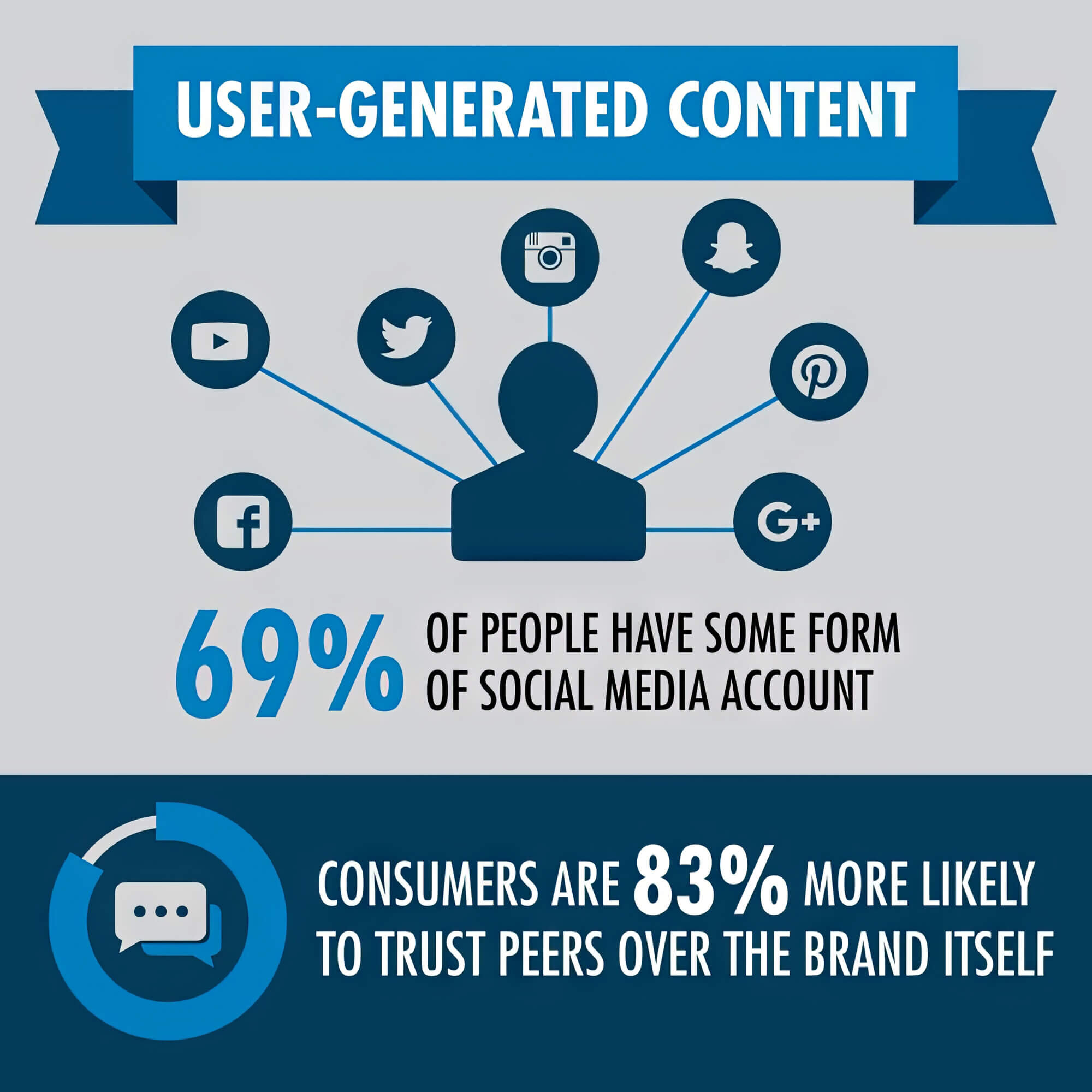
Leveraging User-Generated Content
User-generated content usually refers to content that users create to support your business. This can be in the form of reviews, user-posted photos on social media, customer testimonials, or even contest participation.
Leveraging user-generated content puts local businesses in a favourable position by encouraging social sharing, fostering a sense of community participation, and catering to the local audience’s needs. To achieve this, the content must be authentic and relatable to resonate with the local audiences’ needs.
Incorporating Local SEO Tactics
Local content marketing is closely related to local SEO tactics. Local SEO refers to optimising search engine results for local businesses so that they appear at the top of the SERPs for high-intent user queries.
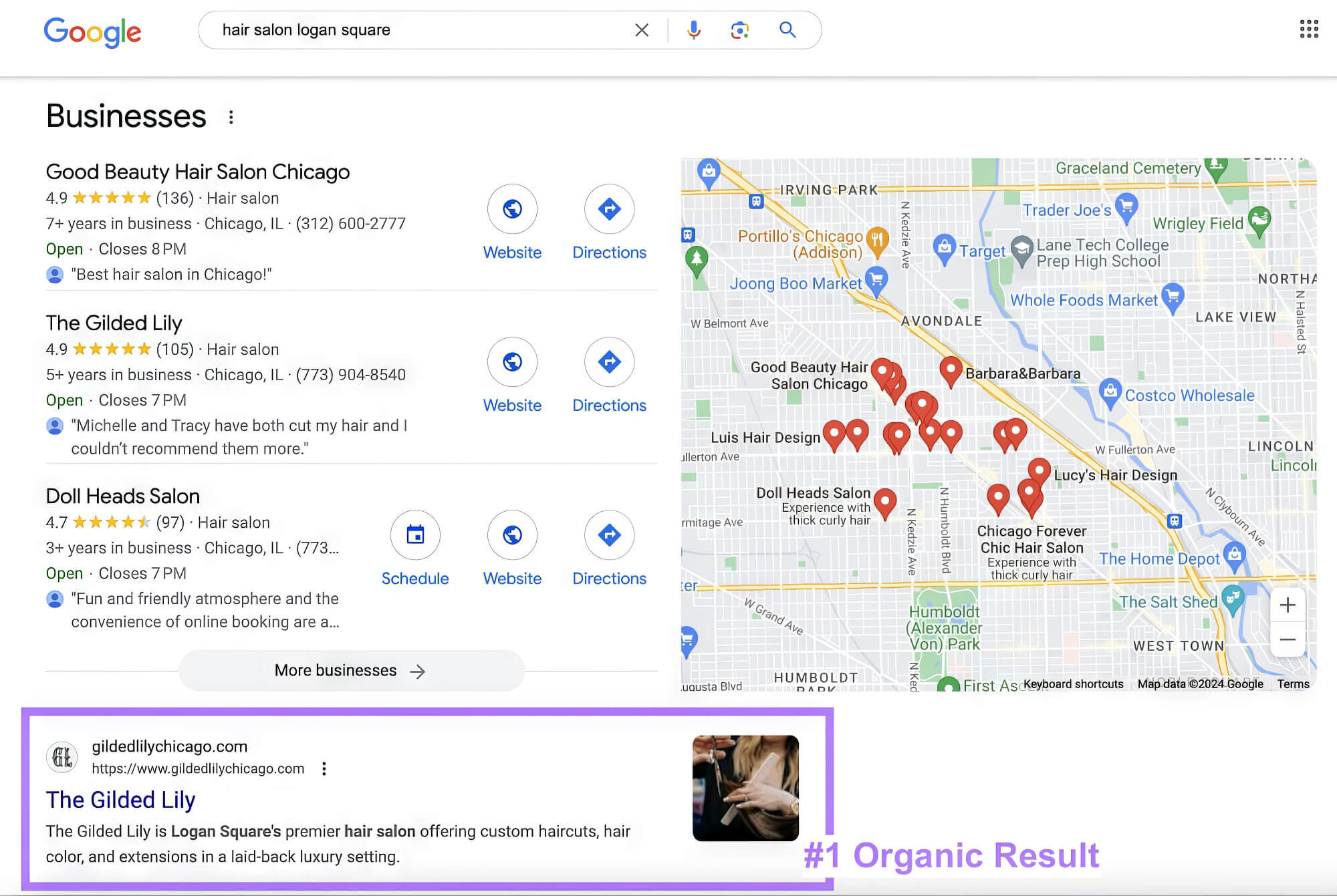
To make this happen, local businesses need to create their content with a strong focus on local SEO. Using relevant local keywords is a budget-friendly way to improve your search rankings. Additionally, be sure to optimise your business listings and respond to online reviews to boost your local search ranking.
A Google business profile can help you streamline this entire process and increase sales.
Apart from utilising a Google business profile, your business must incorporate local link-building into its strategy. This is usually done through partnering with local organisations or sponsoring community events where your business can gain a large exposure. Also, ensure your content is optimised for all screen types to provide a seamless experience.
The Role of Social Media in Local Content Marketing
We’ve been discussing local content marketing and how to optimise local content for success, but we haven’t yet discussed one crucial aspect: social media. Social media is the channel through which most local content is consumed, so it’s essential to understand how to tap into this powerful medium and leverage it to your advantage.
Every business has a different audience, and each audience can be found on different social media channels. So, the first step in using social media for local content marketing must be to identify the social channels on which your audience is most active. This way, you can focus on the channels that matter most to your local businesses.
Building Local Community Connections
Once you’ve identified the social media platforms suitable for your local businesses, it’s time to build strong connections with the local community. This can be done through influencer marketing, where you collaborate with local influencers with a decent following to execute a local influencer marketing campaign, where the influencer promotes your business within the community.
Working with local influencers can be one of the most effective content marketing strategies for encouraging repeat business, even if they have over a million followers through influencer campaigns.
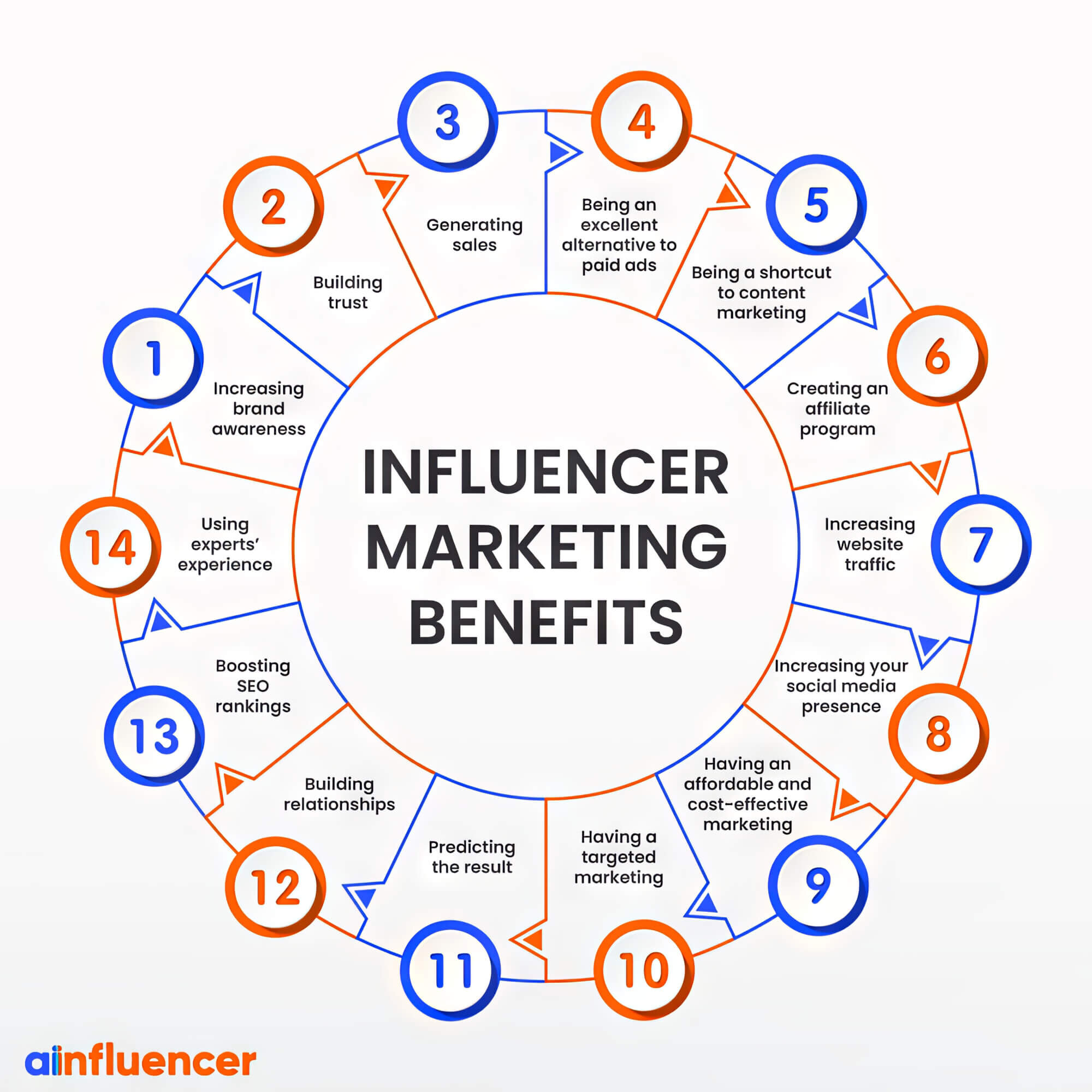
Local businesses can also build influence by partnering with community organisations, groups, or charities and participating in local community events. Through such influencer collaborations, you can reach your audience members, secure sponsorships, and garner trust.
Also, make sure you encourage your employees to participate in the activities. Ensuring your local businesses become active and engaged community members is important. This will boost your credibility, increase foot traffic, and enhance your reputation, ultimately helping to build a loyal customer base.
Collaborating with Local Influencers
As mentioned before, influencer marketing is one of the most effective content marketing strategies. Collaborating with relevant influencers can considerably boost your content marketing efforts by leveraging local influencers.
However, collaborating with the largest influencer might not always work. It is more important to identify local influencers whose work aligns with your brand’s needs and values and maintains a local focus. Their target audience should also align with your target audience.
You can leverage influencer marketing by collaborating on guest posts, co-hosted events, and interviews in which you share customer success stories. Leveraging local micro influencers and macro influencers can encourage repeat business and reach new customers.
At the same time, you need to ensure that you offer suitable incentives or compensation to the local influencers so that they continue to be vocal advocates of your brand. Ensure you’re fostering these connections as mutually beneficial relationships from which all stakeholders can benefit.
Last but not least, make sure you’re measuring the impact of local influencer marketing through careful analysis of suitable metrics. Tracking performance data such as engagement and conversions, reach, and conversions is vital for small business owners catering to a niche community.
Remember to maintain transparency about sponsored content: customers always appreciate honesty. By adhering to the above strategies, your business can inculcate valuable relationships with influencers who provide valuable insights, gain valuable insights, and reach a broader audience.
Measuring and Adapting Your Local Content Strategy
When it comes to content marketing, consistent effort is key to success. However, just putting out relevant content is not enough. You’ll also need to be proactive in measuring your content efforts to understand what’s working and what’s not, and you should adapt and modify your approach to ensure a high-quality strategy accordingly. Aligning your content efforts with performance data and customer feedback ensures you keep producing high-quality content.
The process begins by establishing clearly measurable goals for your content marketing efforts, such as achieving higher engagement and suitable key performance indicators (KPIs) to measure them. Feedback data and metrics should be regularly analysed to identify areas for improvement.
Audience feedback will play a vital role in this process, and incorporating feedback through reviews, surveys, or social media comments will ensure continuous improvement of your efforts. Ensure your content strategy is agile enough to adjust content formats and channels as necessary.
Tracking Key Performance Indicators (KPIs)
Selecting the correct KPIs is vital for measuring the performance of your local content. We must consider both qualitative and quantitative metrics. We’ve divided the metrics into these two broad categories in the following.
Quantitative Metrics:
1. Website Traffic Metrics
- Pageviews
- Time-on-site
- Bounce rate
2. Social Media Engagement Metrics
- Likes
- Comments
- Shares
- Mentions
3. Lead Metrics
- Form submissions
- Email signups
- Sales
4. SERP Ranking Metrics
5. Return On Investment
6. Cost Per Acquisition
Qualitative Metrics
1. Customer Loyalty And Retention Metrics
- Repeat customers
- Customer lifetime value
While these seem like a lot of KPIs, tracking them all the time is not viable. The mix of KPIs you select for monitoring needs to be driven by specific business goals and targets. Also, review and adjust KPIs as your content strategy changes.
Maintaining Brand Consistency Across Channels
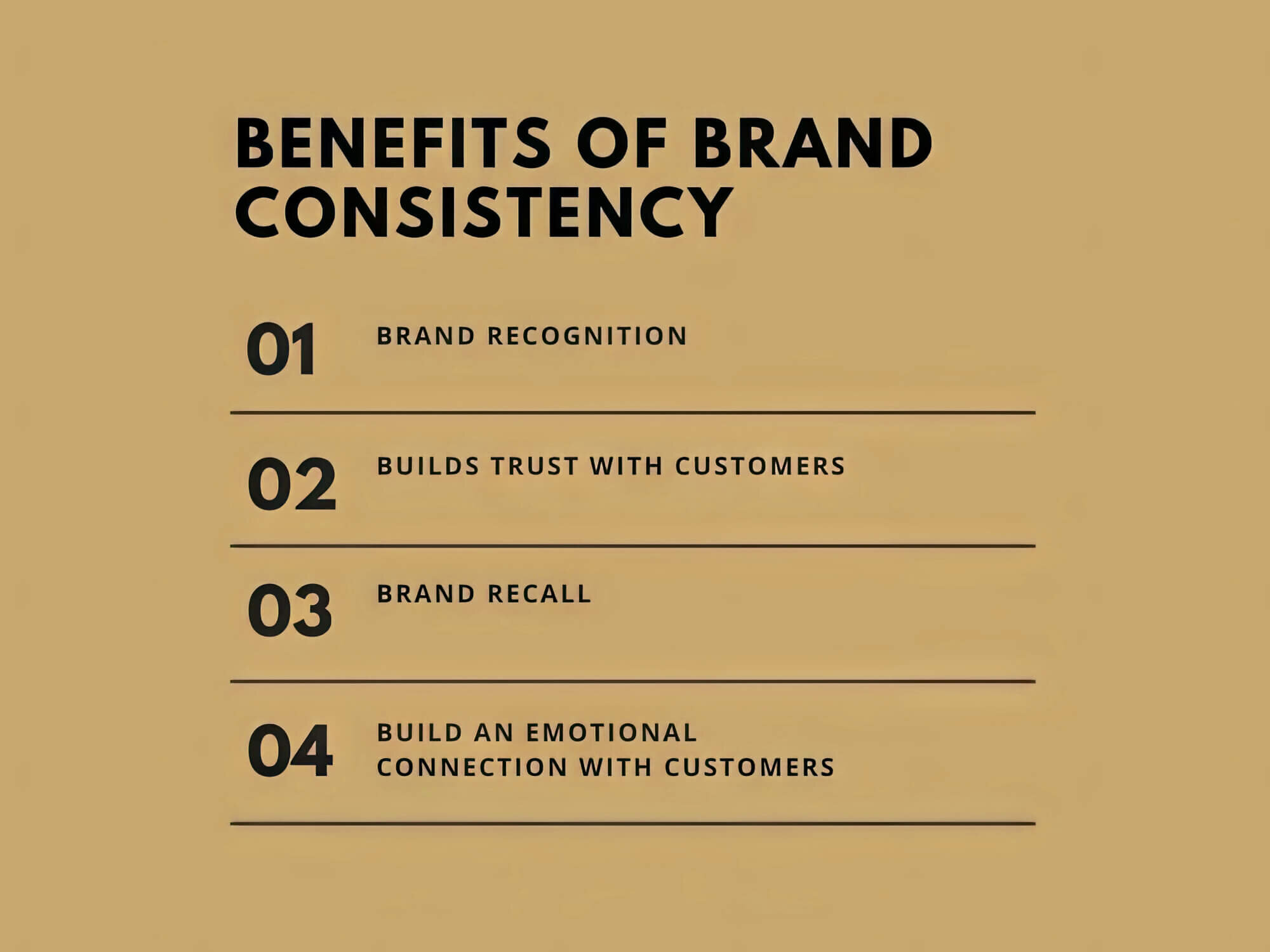
When creating and distributing content for various channels, it’s essential to maintain brand consistency. This translates to using easily recognisable and consistent logos, colours, and themes across all content channels, such as the website, social media, and email. At the same time, equal importance must be given to interaction and tone of content.
By ensuring a consistent content experience across all channels, your business can improve user experience and build trust and credibility. Another added advantage is the easy recognition of your brand within the community.
Managing Your Online Reputation Locally
Your reputation can make or break your business, and your local reputation is key to thriving in the community. This means that managing it has to be strategic, ongoing, and proactive.
Engage with your customers regularly, responding carefully to both praise and criticism. Handle negative feedback thoughtfully to maintain customer satisfaction and protect your brand’s value. Make sure complaints are addressed swiftly and professionally.
Sustaining Local Influence Through Strategic Content
Building and sustaining local influence through content marketing requires consistent efforts and a data-driven approach. Industry leaders vouch for the efficacy of content marketing on a local and global scale, but only if executed with care. Just as correctly executed campaigns help position your business as a pillar of the community, one wrong step can tarnish your reputation.
So, it’s essential to continuously measure, analyse, and alter content strategies to ensure suitable influence over the local market. By regularly releasing valuable content, your business can foster customer loyalty and boost revenues.
Ready to start embracing content marketing? Our content marketing experts at sitecentre can help. Through effective content strategies, we’ve helped countless Australian businesses climb search engine rankings and build loyal customer relationships.
Whether driving organic traffic is your goal, learning about creating content effectively to boost conversion rates to your target market or fostering loyalty with your target markets, speak to us today about our local seo services!
Localised Content Marketing FAQs
What is the influence of content marketing?
Content marketing is powerful for building lasting relationships with your ideal customers. By creating and sharing informative content, you can position your brand as a trusted authority in your industry. This influence translates into increased brand awareness, lead generation, and, ultimately, more paying customers.
Effective content marketing goes beyond just attracting new customers; it fosters loyalty and advocacy among existing ones, ensuring sustainable business growth and turning them into brand ambassadors.
What is local content marketing?
Local content marketing is all about crafting content for a specific region. This involves getting to know the unique needs and preferences of your local audience. Finding influencers who align with your brand values can help as well.
By delivering content that truly resonates in your community, you can establish a solid local presence, attract the right customers, and build relationships with local groups. This approach is especially effective for businesses aiming to boost their search engine visibility, including on Google and other local platforms.
What is the role of marketing to the local community?
Marketing to the local community is essential for building a strong brand presence and cultivating loyal customers. Creating a deep connection with your local audience can generate buzz, attract new customers through word-of-mouth, and establish your business as a valuable community member.
Effective local marketing involves understanding your audience, utilising social media content marketing, and participating in local events. When you invest in your community, you’re investing in the long-term success of your business.
How do you market locally on social media?
Social media is a powerful platform for local marketing. You can build a strong social media presence and reach potential customers by ensuring you create engaging content that resonates with your audience. Focus on sharing informative content, running local contests or giveaways, and collaborating with local influencers. Use social media analytics to track the performance of your content and adjust your strategy accordingly.
Building a strong local community on social media can lead to increased brand awareness, customer engagement, and, ultimately, more paying customers.





